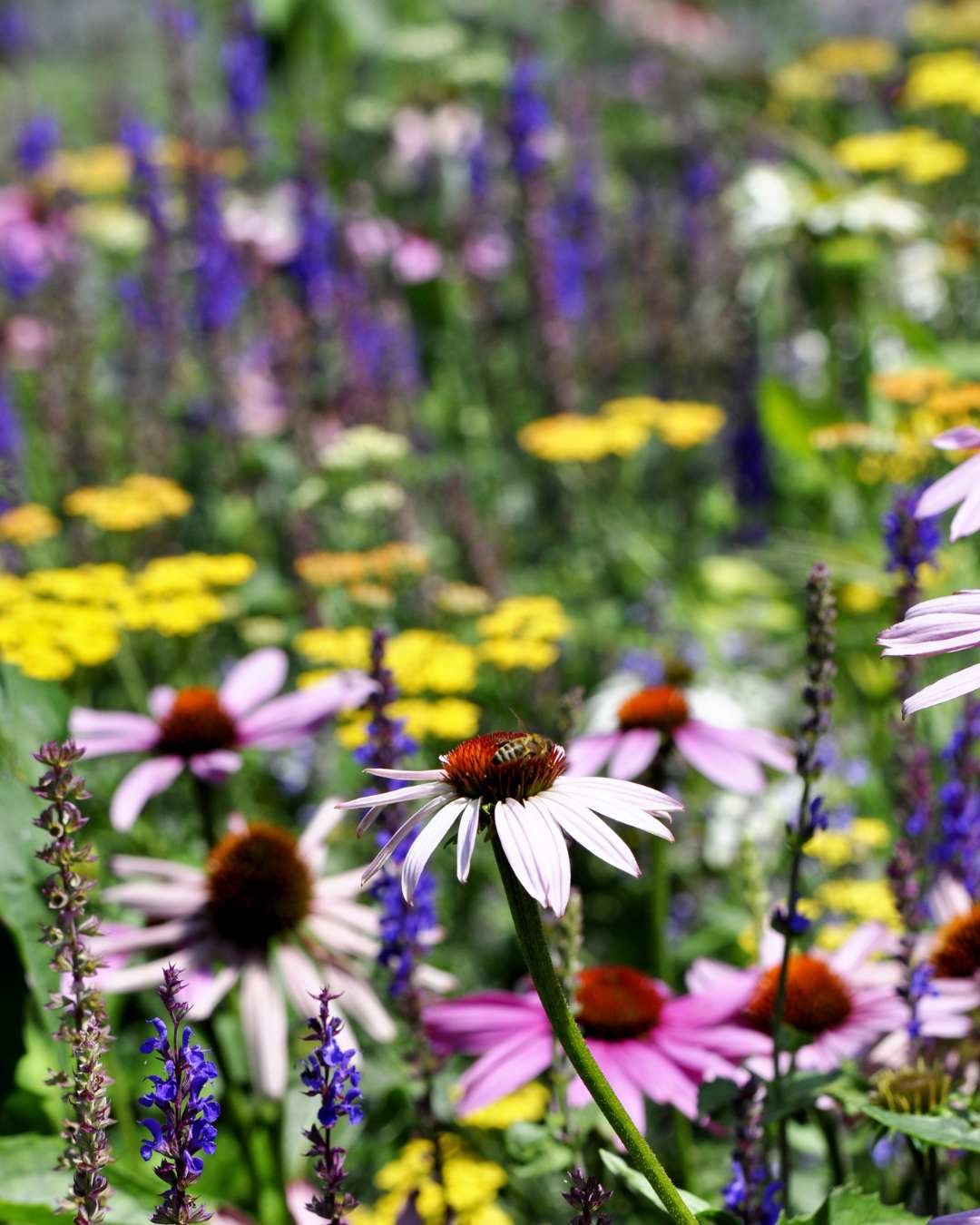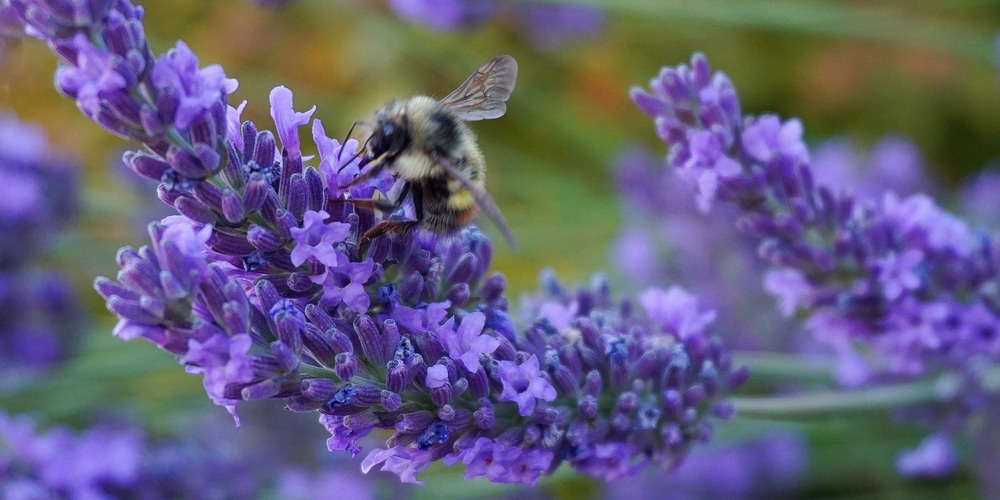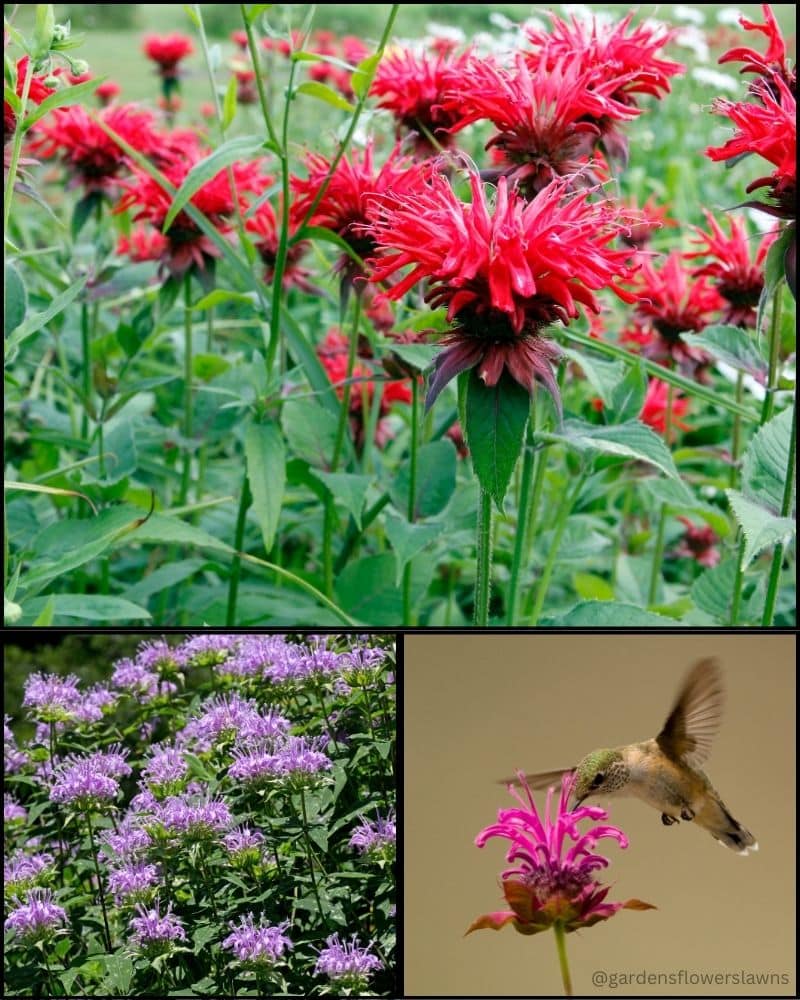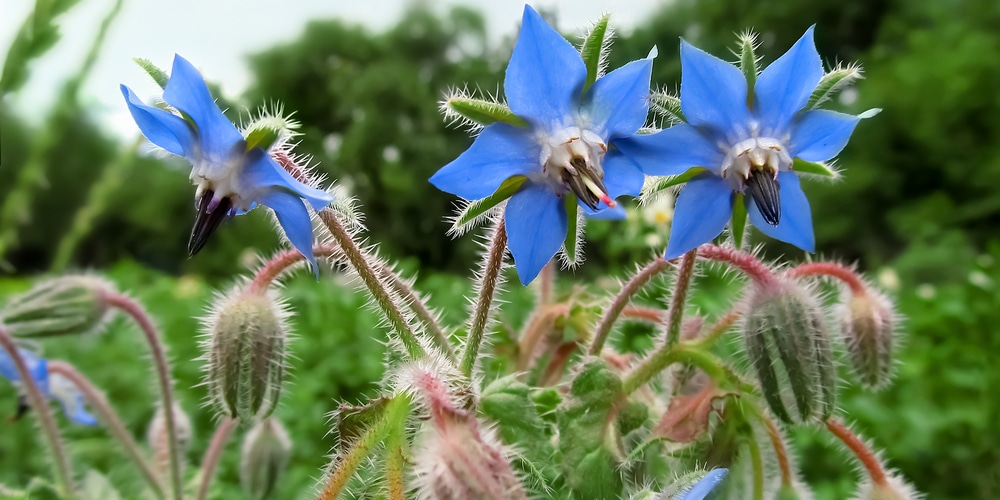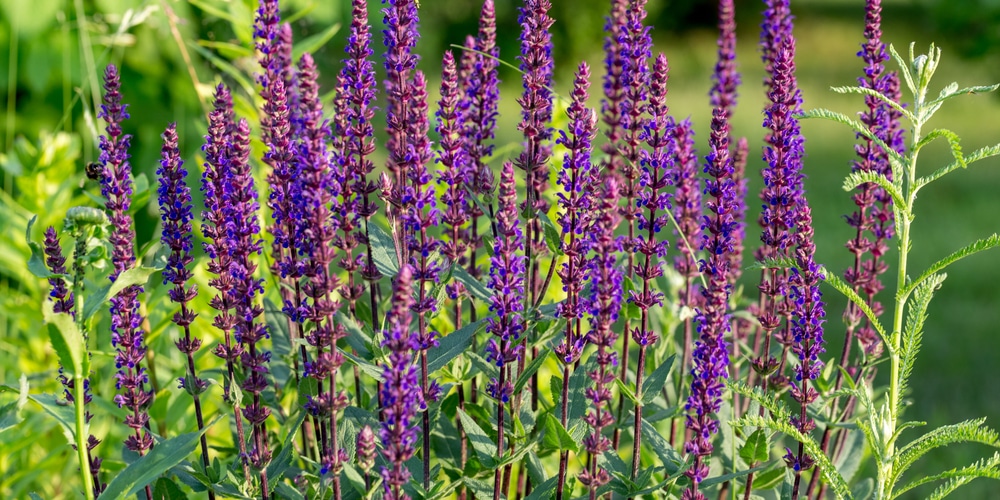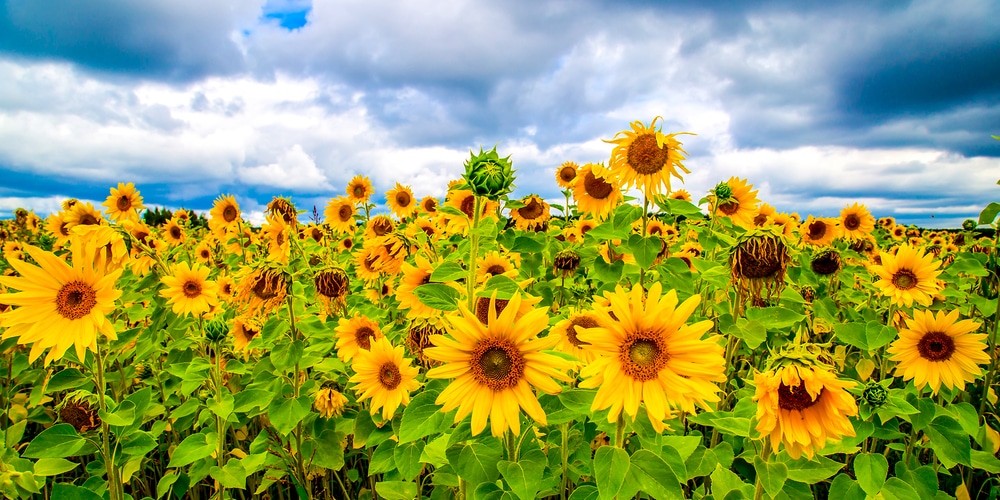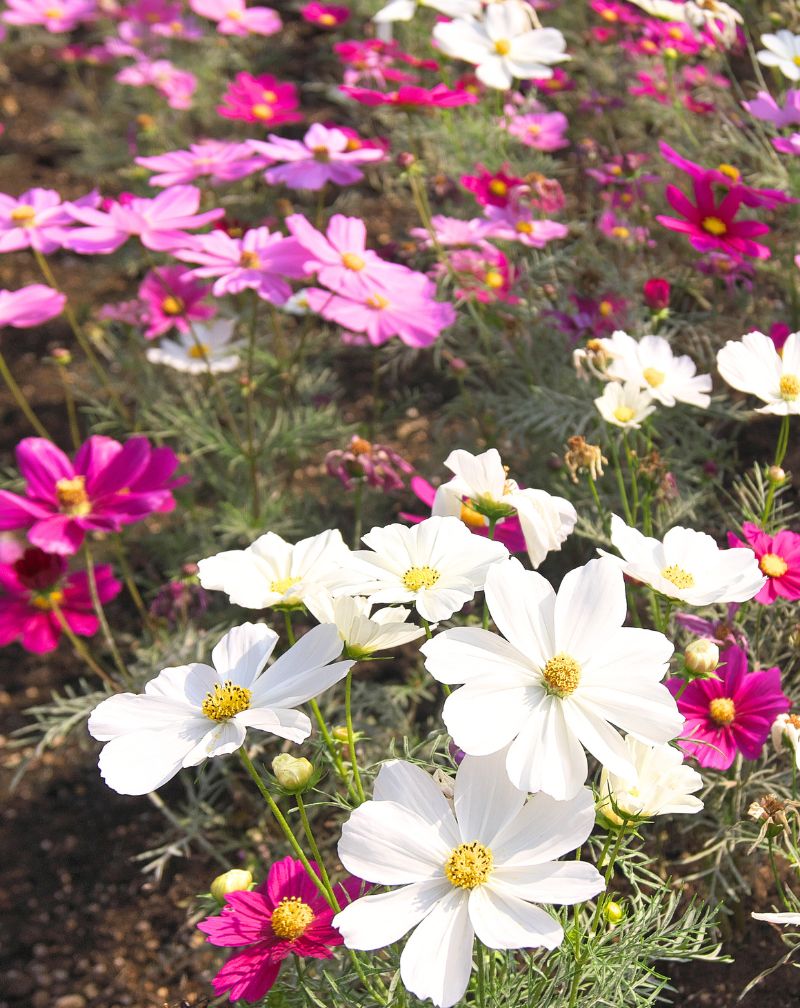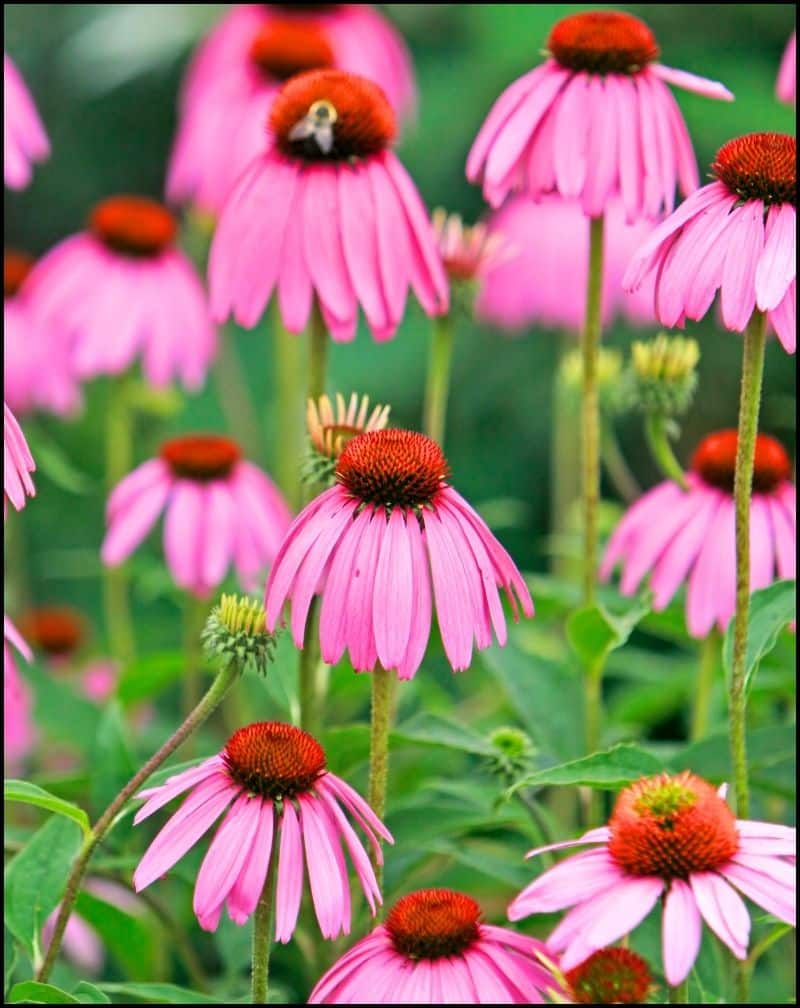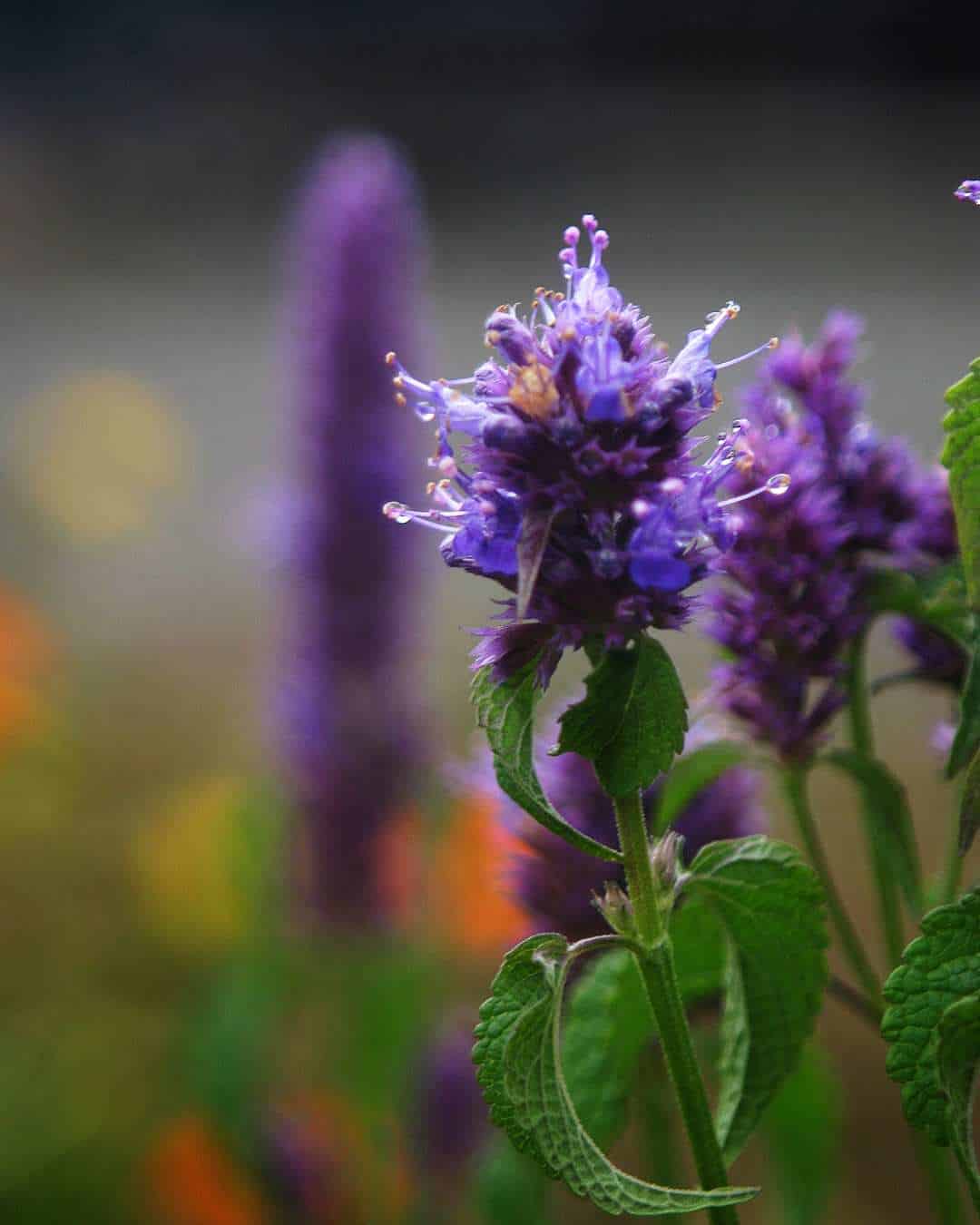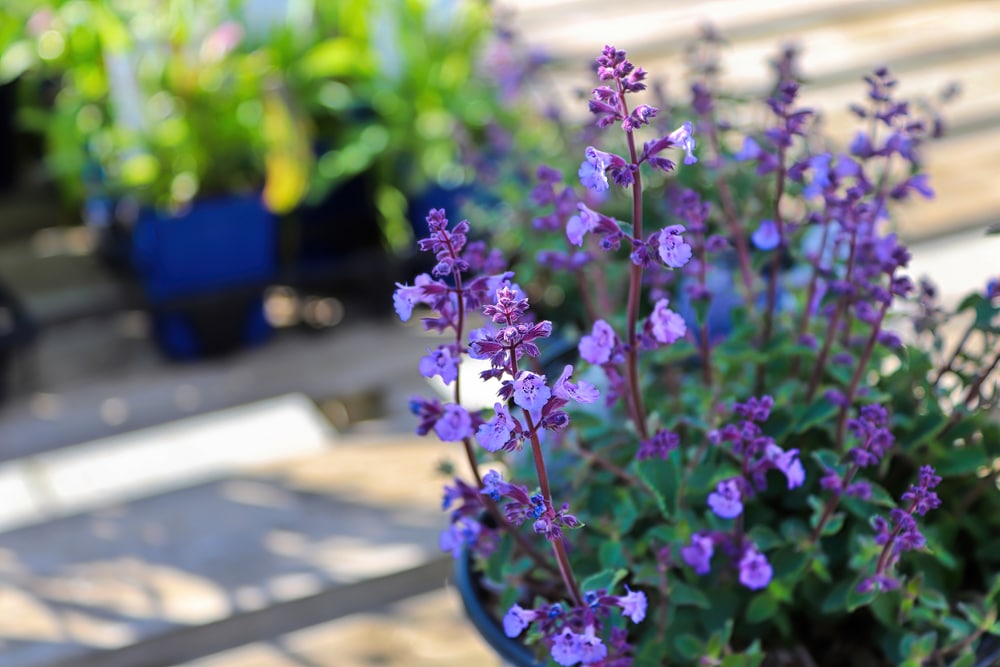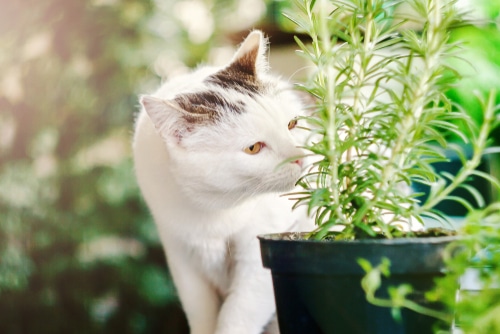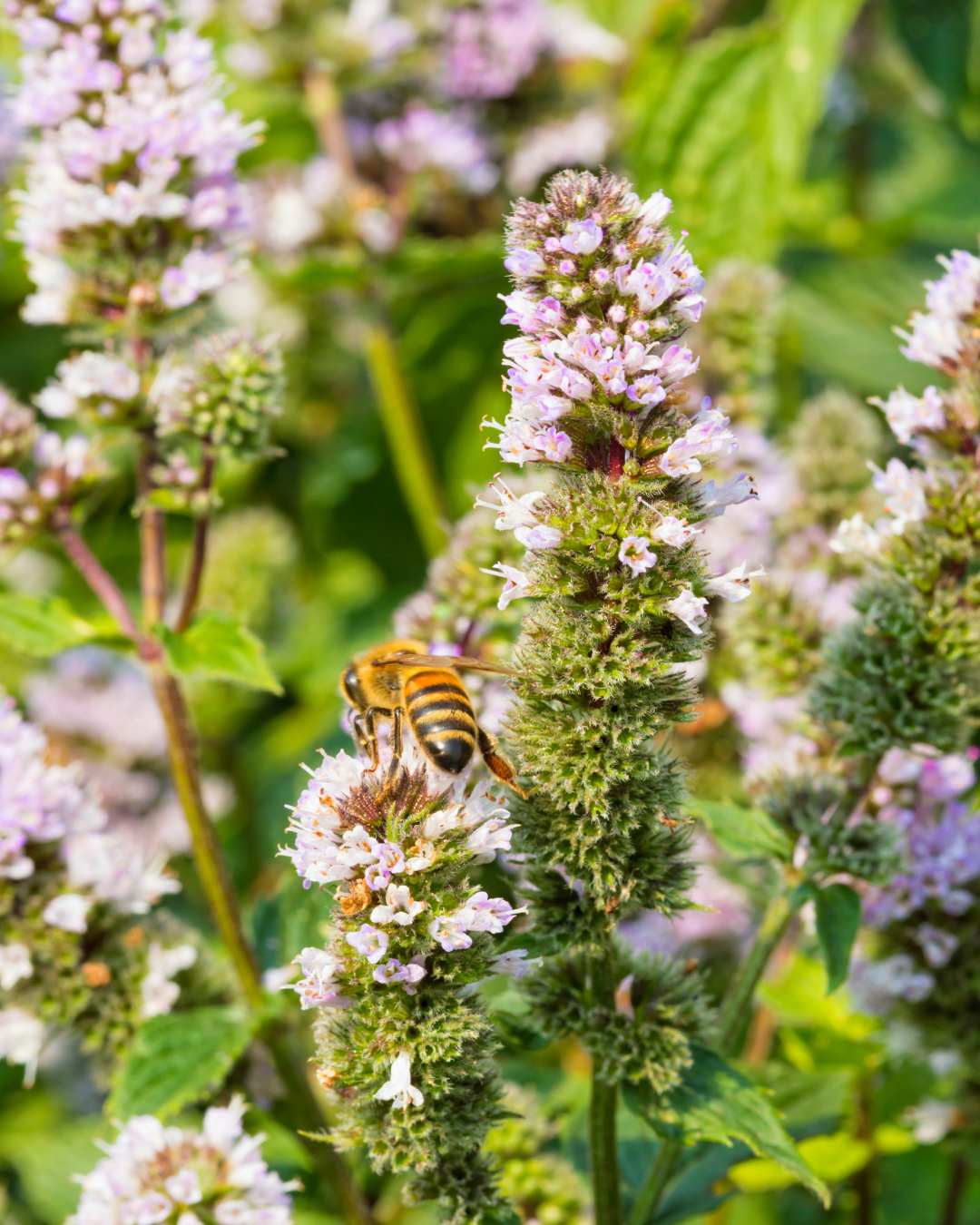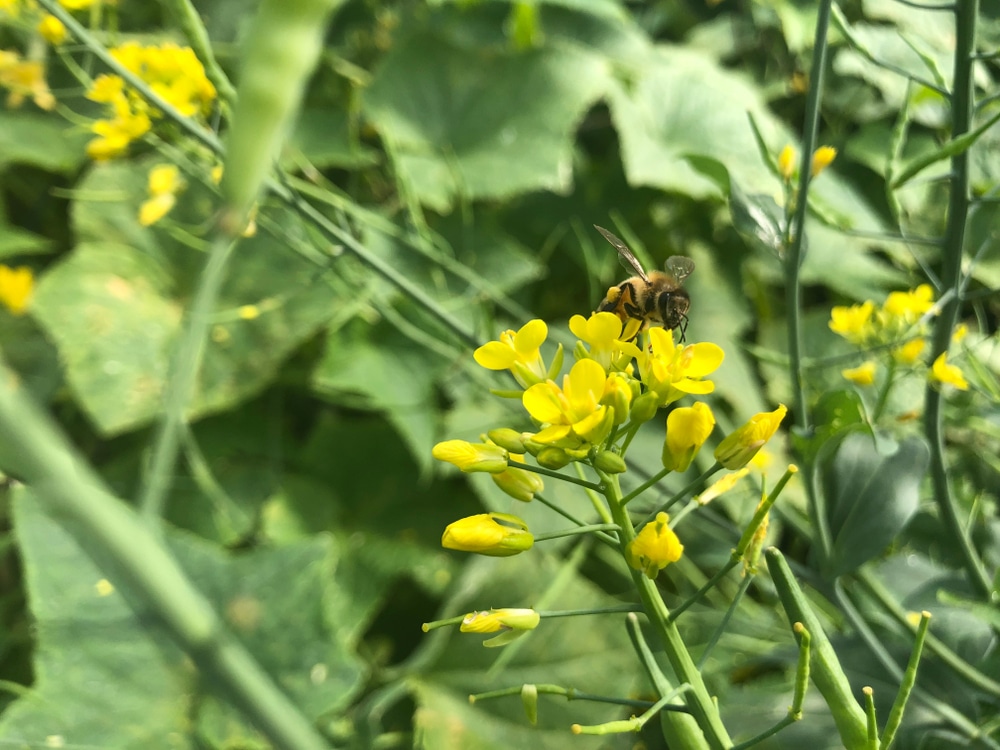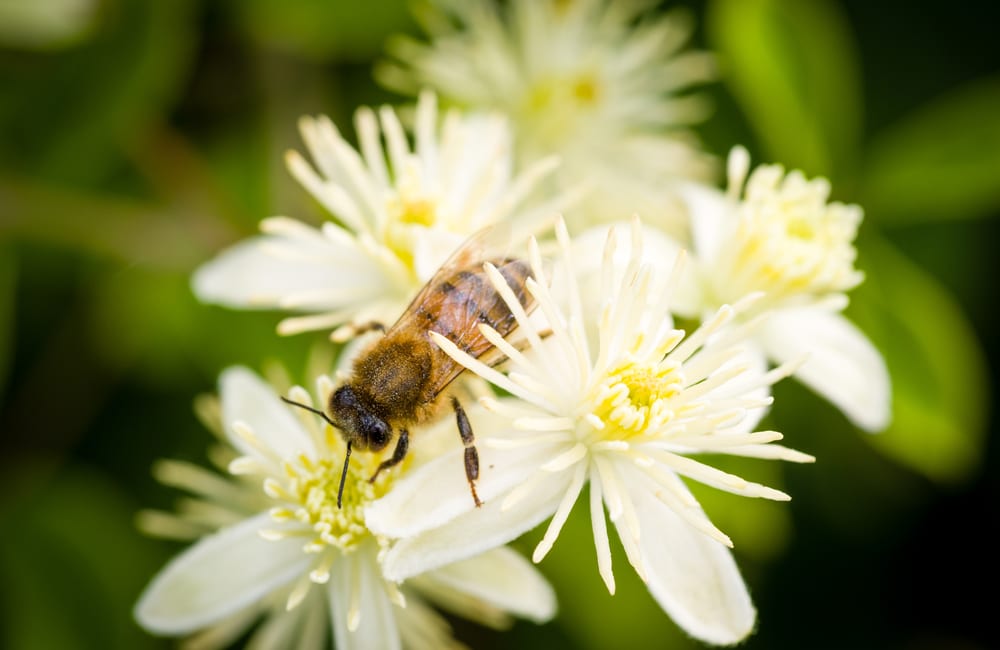Are you hoping to see more buzzing, fluttering, and lively activity in your garden?
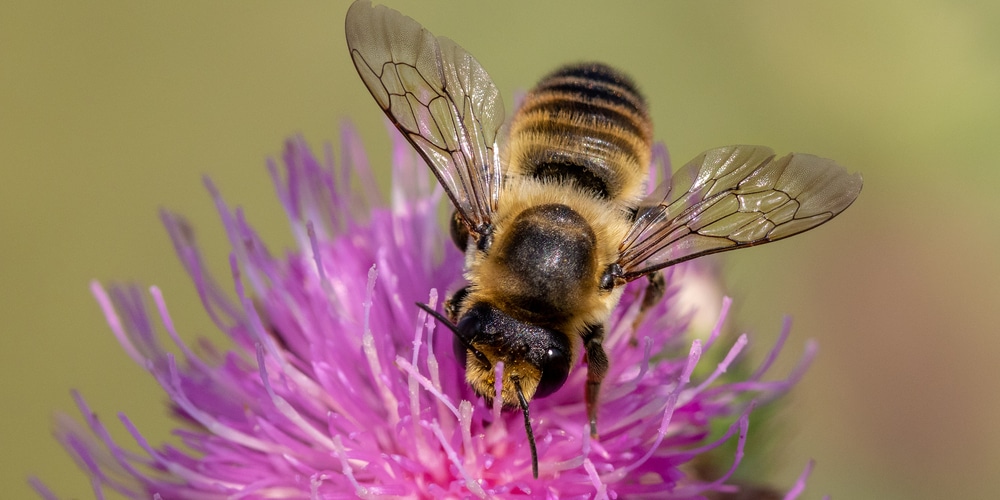
Welcoming bees is one of the best ways to bring a sense of harmony and vibrancy to your outdoor space. These tiny insects may seem small, but they have a colossal impact on our ecosystem.
By choosing pollinator-friendly plants, you’ll create a mini sanctuary for bees, help support biodiversity, and enjoy a lush, beautiful garden.
Below, we’ll explore the top 10 pollinator-friendly plants that can turn your yard into a haven for bees. You’ll also learn easy tips on how to help pollinators thrive.
Whether you’re a first-time gardener or a green-thumbed pro, there’s something here for everyone. Let’s dive in!
Why Pollinators Are So Important
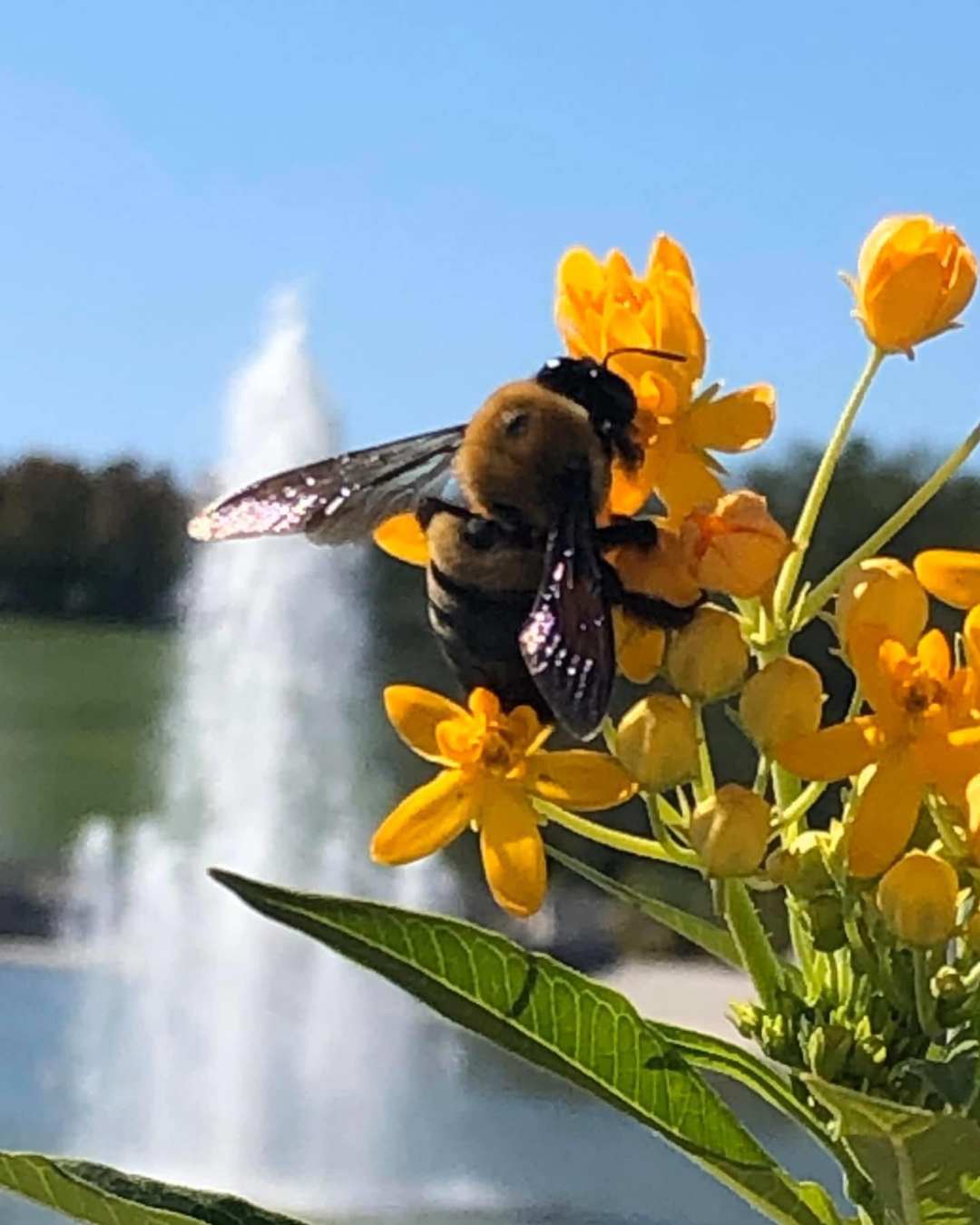
We often think of bees for their honey, but they’re also crucial partners in plant reproduction. Without the hardworking efforts of pollinators—especially bees—many of our favorite foods wouldn’t make it to our dinner table.
Pollination is the transfer of pollen from the male part of a flower to the female part. Bees do this every time they land on a bloom to sip nectar or collect pollen. In the process, they fertilize the plant, resulting in seeds, fruits, and new generations of vegetation.
Bees, along with other pollinators like butterflies and hummingbirds, are essential for around one-third of our food crops. Think of apples, blueberries, melons, and almonds.
That’s just the tip of the iceberg. With this much at stake, providing a welcoming environment for our pollinator friends becomes more than just a kind gesture; it’s an act of environmental stewardship.
What Makes a Plant Bee-Friendly?
To encourage bees to visit your garden, focus on plants that:
-
Have Flowers Rich in Nectar and Pollen
Bees rely on nectar as a source of carbohydrates and pollen for proteins and other nutrients. -
Offer Accessible Flower Shapes
Some bees, particularly smaller species or those with shorter tongues, need open, shallow flowers so they can reach the pollen and nectar easily. -
Bloom Over an Extended Period
Planting flowers that bloom from early spring to late fall ensures that bees have a continual source of food. -
Are Free of Harmful Chemicals
Pesticides and chemical fertilizers can do serious harm to bees. If you want to go fully bee-friendly, opt for organic gardening methods.
With these guidelines in mind, let’s take a closer look at our 10 Pollinator-Friendly Plants that can help you create a buzz-worthy garden.
1. Lavender
If you’ve ever strolled by a lavender plant in full bloom, you’ve probably enjoyed its calming fragrance. Bees love lavender just as much as we do.
Why Bees Love It
- Abundant Nectar: Lavender’s dense, tubular flowers provide a steady supply of nectar.
- Attractive Color: Bees tend to gravitate toward hues of purple and blue, making lavender a top contender.
Growing Tips
- Soil: Prefers well-draining, sandy or rocky soil.
- Sunlight: Needs full sun for at least 6 hours a day.
- Watering: Water sparingly; lavender is relatively drought-tolerant once established.
Plant a few lavender plants along a walkway or in a sunny patch of your garden. Not only will you be treating bees to a nectar buffet, you’ll also get to enjoy the plant’s fragrant flowers for months.
2. Bee Balm (Monarda)
With a name like Bee Balm, how can you not include this plant in your bee-friendly garden? It’s bright, showy, and practically a magnet for all kinds of pollinators.
Why Bees Love It
- Rich, Abundant Nectar: The tubular flowers are perfectly shaped for bees to access that sweet nectar.
- Vibrant Colors: It comes in red, pink, purple, and white. Bees, hummingbirds, and butterflies all flock to these rich blooms.
Growing Tips
- Soil: Moist but well-draining, slightly acidic soil.
- Sunlight: Prefers full sun, though it can handle some partial shade.
- Spacing: Bee Balm tends to spread quickly, so give it room or grow it in containers if you’re short on space.
With its firework-like blooms and potent fragrance, Bee Balm adds a delightful pop to any garden, all while keeping pollinators happily fed.
3. Borage (Starflower)
Borage is often called the “bee’s best friend.” Its star-shaped, bright-blue flowers draw bees in from miles away. Okay, maybe that’s an exaggeration, but you’ll certainly notice more buzzing once these blooms open!
Why Bees Love It
- Continuous Blooms: Borage has a long flowering season, producing flowers from early summer well into fall.
- Copious Nectar: The delicate star-shaped flowers hold a sweet reward that bees can’t resist.
Growing Tips
- Self-Seeding: Once you plant borage, it tends to resow itself. You’ll likely see baby borage plants popping up next year.
- Soil: Prefers light, well-draining soil but can adapt to most gardens.
- Uses: Young borage leaves can be used as an herb in salads, and the flowers make a lovely garnish.
If you want a hard-working annual that will keep your bees well-fed, borage is an excellent choice. Let it take up a corner of your garden, and you’ll soon notice an uptick in pollinator traffic.
4. Salvia (Sage)
There are many varieties of Salvia, from ornamental species grown for their lovely blooms to culinary sages like the kind you use for cooking. Bees love them both!
Why Bees Love It
- Tubular Blossoms: The flower shape is ideal for nectar gathering.
- Vibrant Colors: Salvia often comes in purple, blue, pink, or red, which makes it a big hit with pollinators.
Growing Tips
- Heat Tolerance: Many salvias are quite drought-tolerant once established.
- Soil: Well-drained soil is key.
- Maintenance: Deadheading (removing spent flowers) can encourage more blooms throughout the season.
If you’re new to gardening, try a hardy salvia variety like Russian Sage or Meadow Sage. You’ll have a relatively low-maintenance plant that draws pollinators in droves.
5. Sunflowers
Big, bold, and absolutely stunning, sunflowers are often associated with happy summer days. Bees can’t help but be attracted to these giant blooms.
Why Bees Love It
- Pollen Galore: Each sunflower head is made up of hundreds (sometimes thousands) of tiny florets packed with pollen.
- Easy Access: Bees can land right in the center and collect pollen with minimal effort.
Growing Tips
- Sunlight: As their name suggests, they crave full sun.
- Height Variety: You can find sunflowers that range from just a few feet tall to over ten feet.
- Soil: They grow best in loamy, well-draining soil, but they are fairly adaptable.
Grow sunflowers along a fence line or use them as a statement plant in the back of a garden bed. Not only will you be feeding bees, you might also get to enjoy delicious sunflower seeds at the end of the season.
6. Cosmos
Looking for delicate, airy blooms that sway gracefully in a summer breeze? Cosmos might be your new favorite. They’re known for their simple daisy-like flowers in shades of pink, white, and magenta.
Why Bees Love It
- Abundant, Wide-Open Blossoms: The flat surface of a cosmos flower makes it easy for bees to land and collect pollen.
- Long Bloom Time: With the right conditions, cosmos can continue blooming well into fall.
Growing Tips
- Soil: Prefers average, well-draining soil. Fertile soil can actually reduce the number of blooms, so don’t over-fertilize.
- Sunlight: Needs full sun to thrive and produce abundant flowers.
- Self-Seeding: Like borage, cosmos often reseeds itself for the following year.
If you want a light, cottage-garden vibe, plant cosmos in clusters for a sea of pastel blooms. Bees will flutter around, and you’ll love the gently swaying show they put on.
7. Coneflower (Echinacea)
Coneflowers are a staple in many pollinator gardens, and for good reason. They’re hardy, drought-tolerant, and produce eye-catching blooms with a raised center cone.
Why Bees Love It
- Easily Accessible Pollen: The prominent center “cone” is loaded with nectar and pollen.
- Bright Colors: Coneflowers come in purple, pink, white, and even yellow, each shade perfect for catching a bee’s attention.
Growing Tips
- Tolerates Heat: Coneflowers are sun lovers and can handle high temperatures.
- Watering: Water regularly when newly planted, but once they’re established, they’re fairly drought-resistant.
- Wildlife Benefits: Not only do bees appreciate coneflowers, but birds enjoy the seed heads in the fall and winter.
Add coneflowers to your landscape if you want a long-blooming perennial that offers simple, low-maintenance charm and plenty of nourishment for pollinators.
8. Anise Hyssop (Agastache)
Looking for a plant that appeals to both your culinary tastes and the local bee community? Anise Hyssop might be just the ticket. Its leaves taste faintly like licorice or anise, and it produces spiky purple blossoms that bees love.
Why Bees Love It
- Fragrant Nectar: The blooms are rich in nectar, and their sweet fragrance seems irresistible to bees.
- Extended Bloom Time: Often flowers from mid-summer through early fall.
Growing Tips
- Soil: Well-draining soil is best.
- Sunlight: Thrives in full sun, tolerates some partial shade.
- Edible Uses: Fresh leaves can be used in teas or salads for a subtle licorice flavor.
Anise Hyssop is a versatile perennial that will liven up your flower beds, herb gardens, or container gardens, all while delivering a feast for pollinators.
9. Catmint (Nepeta)
Catmint is a relative of catnip, but it’s grown mainly for its soft, lavender-blue flowers and aromatic foliage. Bees adore this plant, and it often blooms in early summer, with reblooms possible if you deadhead it.
Why Bees Love It
- Prolonged Blooming: Can bloom from early summer into late summer or early fall if properly cared for.
- Nectar-Rich Tubes: The small tubular flowers are the perfect shape for many bee species to sip nectar.
Growing Tips
- Soil: Prefers well-drained soil; don’t let it stay waterlogged.
- Sunlight: Full sun to partial shade.
- Maintenance: Cut back after the first bloom flush to encourage a second wave of flowers.
Catmint offers a low, mounding growth habit that’s excellent for borders or as a filler plant. With its silvery-green foliage and purple-blue flowers, it pairs well with many other pollinator-friendly blooms.
10. Rosemary
Want a pollinator haven and a steady supply of fresh herbs? Look no further than rosemary. This aromatic shrub blooms with tiny, pale blue flowers, often in early spring, providing an early food source for bees when other plants haven’t woken up yet.
Why Bees Love It
- Early Blooms: In many regions, rosemary flowers can appear as early as late winter, giving bees a head start on nectar-gathering.
- Fragrant Blossoms: Bees find the aromatic nectar irresistible.
Growing Tips
- Soil: Likes well-draining, sandy soil.
- Sunlight: Requires at least 6-8 hours of direct sun each day.
- Pruning: Cut back lightly to maintain shape and encourage branching.
Place rosemary near your kitchen door for easy access to fresh herbs. The bees will appreciate those sweet spring blooms, and you’ll love the savory flavor in your cooking.
Creating a Bee Haven: Extra Tips and Tricks
Planting pollinator-friendly blooms is a huge step toward helping bees. But you can further enhance your garden to make it the ultimate bee sanctuary.
1. Offer a Water Source
Bees need water to cool their hive and dilute honey. Consider placing a shallow dish or birdbath in your yard. Add a few stones or pebbles so bees have a safe place to land and sip.
2. Avoid Pesticides
Synthetic pesticides can harm or even kill bees. If pest control is needed, opt for natural methods like insecticidal soaps or encourage beneficial insects (like ladybugs) that keep pests in check.
3. Provide Shelter
Bees love undisturbed areas. Let a corner of your yard go wild or add a bee house or bee hotel for solitary bees. Many bee species nest in the ground, old wood, or hollow stems.
4. Succession Planting
Try to pick flowers with staggered bloom times. When one plant’s flowers are fading, the next variety starts to blossom. This ensures a continuous buffet of nectar and pollen for bees from spring through fall.
5. Embrace Diversity
The more variety you have in your garden, the better you support different types of bees. Some bees prefer native wildflowers, while others are drawn to certain exotic species. Mix it up to keep your garden buzzing with activity.
The Bigger Picture: Supporting Biodiversity
It might feel like a small endeavor to add 10 pollinator-friendly plants to your yard, but collectively, these efforts can significantly impact local and global ecosystems.
- Farmers rely on bees for better crop yields.
- Wild plants rely on bees for reproduction and maintaining genetic diversity.
- Birds and other wildlife benefit when seeds and fruits are plentiful.
Each time you make your garden a bit more bee-friendly, you’re helping maintain the delicate balance that supports life on our planet. Plus, you’ll be rewarded with a garden that’s bursting with color, vibrancy, and the gentle hum of happy pollinators.
Troubleshooting: Common Bee Garden Challenges
Even the most enthusiastic gardeners can run into a few hiccups. Here are some typical issues and how to address them.
-
Low Bee Activity
- Check Bloom Times: Maybe you don’t have enough plants blooming in early spring or late fall. Expand your plant list to cover the entire growing season.
- Reduce Chemicals: Even residue from treated seeds or neighboring gardens can affect your bee population. Try to go as chemical-free as possible.
-
Excessive Weeds
- Mulch around your plants to suppress weeds while keeping the soil moist. Bees don’t mind weeds if they’re flowering, but some weeds can overwhelm or outcompete your desired plants.
-
Plant Diseases or Pest Infestations
- Choose Disease-Resistant Varieties: Many cultivars have been bred to resist common problems.
- Use Natural Remedies: Companion planting with marigolds or garlic can deter certain pests, while neem oil or insecticidal soaps target pests without harming bees too much.
-
Unpredictable Weather
- Adapt Your Plant Choices: If you live in a region with harsh winters or scorching summers, focus on native species that are already adapted to your local climate.
Remember, gardening is an ongoing learning experience. Small tweaks here and there can significantly improve your bee-friendly results.
Bringing It All Together
A garden that’s buzzing with bee activity is a sign of health, vitality, and eco-consciousness. By planting the right blooms and providing a few simple accommodations, you’ll create a thriving environment for these remarkable little pollinators.
From lavender’s soothing aroma to the striking blooms of sunflowers, each of the 10 pollinator-friendly plants we’ve highlighted has a special role to play. They nourish and support bee populations, which in turn helps pollinate your plants, enrich the soil, and increase biodiversity.
Take your time to plan your garden layout. Think about color palettes, bloom times, and plant heights. Experiment with group plantings so bees can quickly move from one bloom to the next. And don’t forget the little extras: a shallow water dish, natural pest control methods, and a cozy nesting spot.
Every flower you grow, every bee you feed, and every eco-friendly choice you make contributes to a more sustainable future. And let’s be honest—watching bees flit from flower to flower is pretty magical. It’s nature’s reminder that small creatures can have a mighty impact on our world.
So why wait?
Pick a few of these 10 pollinator-friendly plants, grab your gardening gloves, and start transforming your outdoor space into a bee paradise. You’ll be rewarded not only with bountiful blooms and the soft hum of busy pollinators, but also the satisfying knowledge that you’re helping protect some of nature’s most invaluable allies.
Happy gardening!
